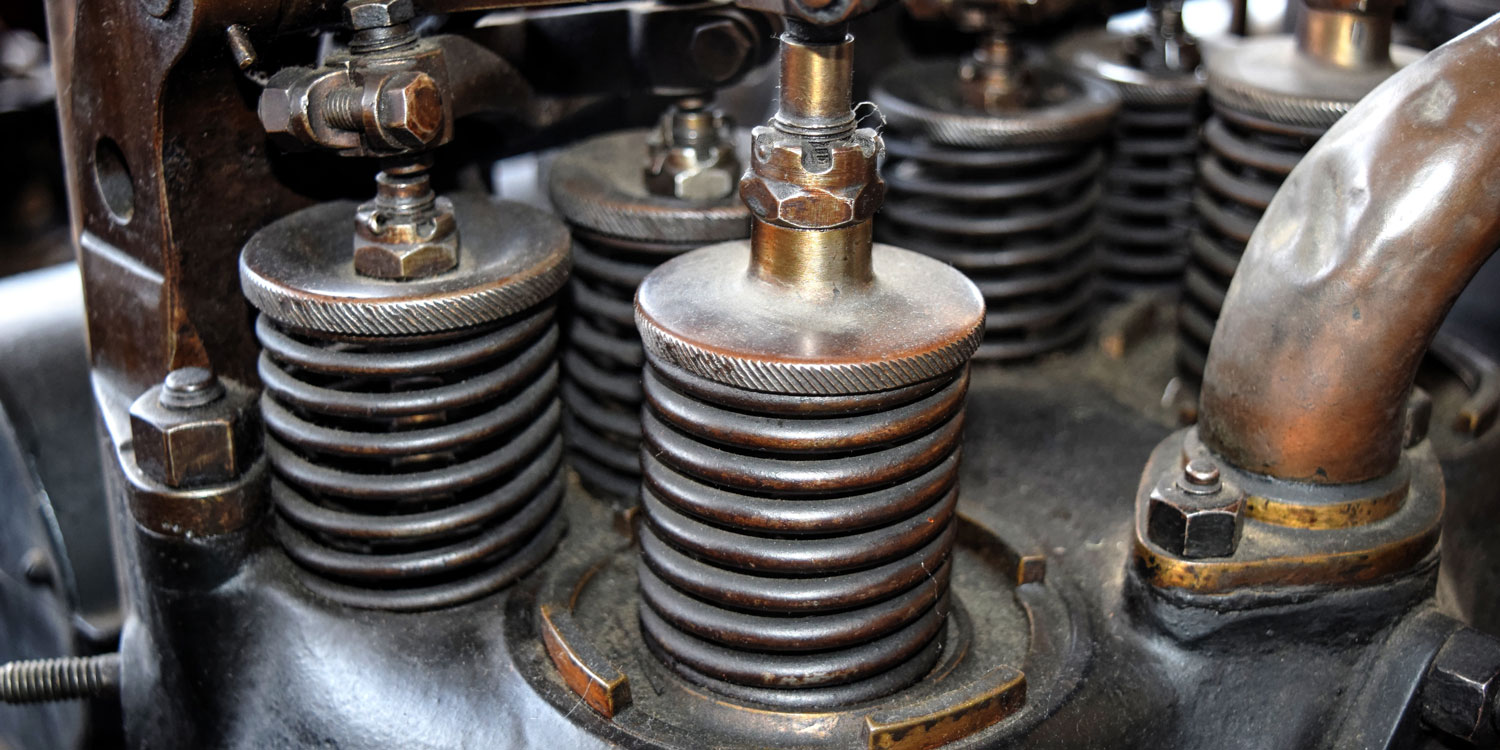17-7PH is a semi-austenitic precipitation hardened stainless steel originated from 18-8 austenitic stainless steel, containing 5% to 30% δ ferrite after solution treatment or annealing. With simple heat treatment or thermal-mechanical treatment, 17-7PH will undergo transformation that changes its steel structure from austenitic to martensitic and age hardening to obtain high strength.

As a result, 17-7PH, as high-strength stainless steel, especially 17-7PH cold-worked sheet enjoys great popularity in industrial application, especially in the aerospace industry. However, it is not until the late 1960s and early 1970s, 17-7PH high-strength spring steel wire material was developed in the United States, West Germany, Sweden, and Japan consequently. This new spring steel wire material embodies many advantages and features which we will talk quickly.
17-7PH high-strength spring stainless steel wire features good corrosion resistance, excellent elasticity, fatigue strength, high temperature strength and dimensional stability. It is a new spring material with multi-performance for multi-applications. However, as 17-7PH stainless steel spring wire tends to have a large stress crack, posing great difficulty on production.
After a series of process improvement such as chemical composition adjustment, smelting, forging, hot rolling and cold drawing, the quality of 17-7PH high strength spring wire products have been enhanced substantially. For example, Φ7mm stainless steel wires are basically free from longitudinal crack on their surfaces; unevenness of the hardening is also reduced subsequently on the cross sections. The stress crack on the 17-7PH spring wire can be ascribed to many factors, such as inclusions, δ ferrite, balance between chemical composition and phase, grain size, precipitation phase, adjustment of cold work hardening factor, various process parameters of cold drawing. If small steel ingots are used to prevent segregation, D-Cooling and grain refinement are performed after rolling, the stress cracks on cold drawn steel wire will be reduced remarkably.
Since the refining operation is carried out in a ladle furnace, the primary refining furnace only supplies the molten steel once, subsequently, the smelting time is shortened greatly while the output increases by 20% to 30%. Through the LF furnace refining, the steel quality is enhanced, with uniform chemical composition, reduced non-metallic inclusions, substantially decreased hydrogen and oxygen contents, and improved mechanical properties. Observations from actual production show that the burning temperature after LF furnace treatment and the chemical composition of the finished stainless steel are relatively stable. Since the temperature is made uniform by stirring the molten steel, the molten steel temperature and the pouring temperature will be relatively accurate when heated, and the temperature deviation will not exceed 5 °C. Not only does precise and stable pouring temperature make stable stainless steel quality, but also lead to excellent ingot finish.
Contact
CIVMATS Co., Ltd. produces high-value stainless steel raw materials. If you want to know more about stainless steel, please keep following us. Any requirements or questions about stainless steel, call CIVMATS!
- Company: CIVMATS CO., LIMITED
- Phone: 86-519-81809659
- Fax: 86-519-81809959
- Email: sales@civmats.com
- Address: 10th Floor, Xin Cheng Nan Du, Wujin District, Jiangsu, China
- Website: www.civmats.com

